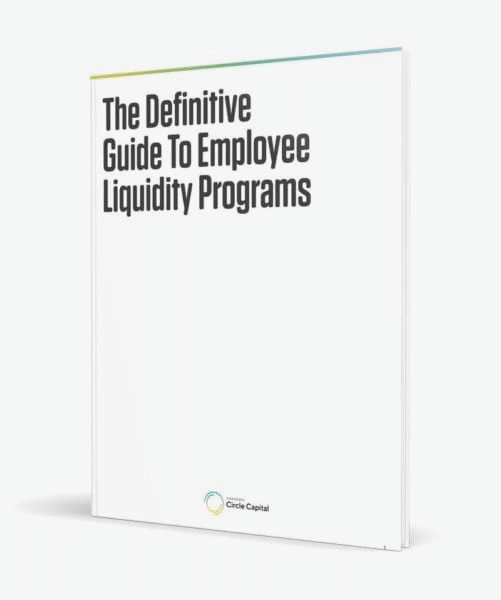Conclusion
After pages and pages of information, it is important to remember that an employee liquidity program is all about investing in the people who are building today’s largest and fastest-growing growth stage companies and relieving the pressure valve of their lives.
It’s about allowing team members to enjoy just a tiny bit of the wealth they’ve created. If organized in a manner that aligns with everyone’s interests, an employee liquidity program helps take the company to even greater heights.







